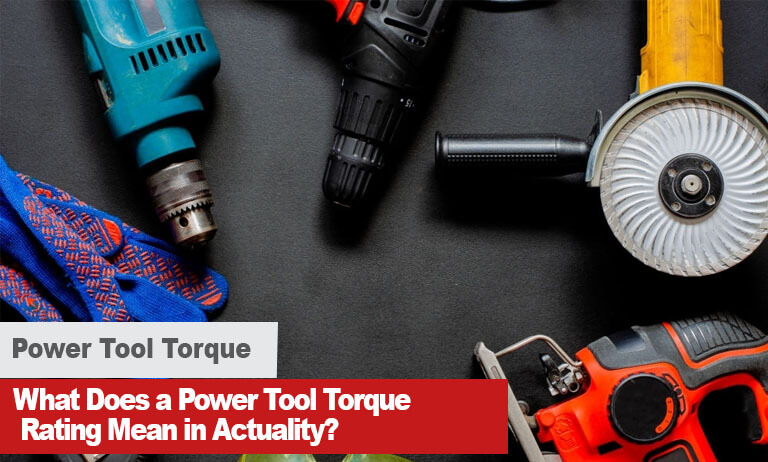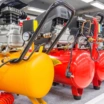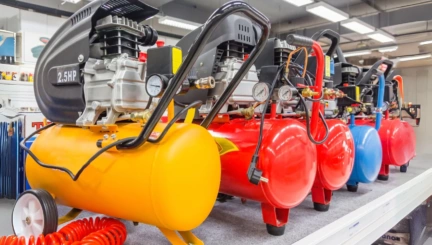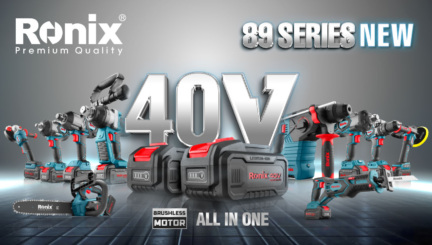- 7min
- 13632
- 0
When purchasing a new power tool, there are several factors to consider. Will a cordless power tool match the performance of a corded power tool? Do I require one or two gears? And what exactly do people mean when they talk about torque settings or torque amounts? To help you decipher the tool lingo, we’ll walk you through the basics of torque settings, why they matter, and when you’ll need to utilize them, so you can make the best decision possible on your next tool purchase.
What Is Power Tool Torque and How Does It Affect the Performance?
The force that causes an item to rotate, measured in Newton Metres (Nm), is the greatest indicator of how strong your drill or impact driver is. The greater the figure in newton metres, the more twisting force it will give.
Traditional Torque Rating Measurement Method:
1. Drilling into the rig
2. securing the chuck to a stationary spindle
3. Drill is completely operational.
4. Drill torque is measured at 0 revolutions per minute (does not measure speed)
New Power Rating Measurement Method:
1 Drilling into the rig
2. securing a chuck to a spinning spindle
3. Drill is completely operational.
4. Torque loads are becoming more prevalent.
5. Multiple data points are used to calculate drill speed and torque.
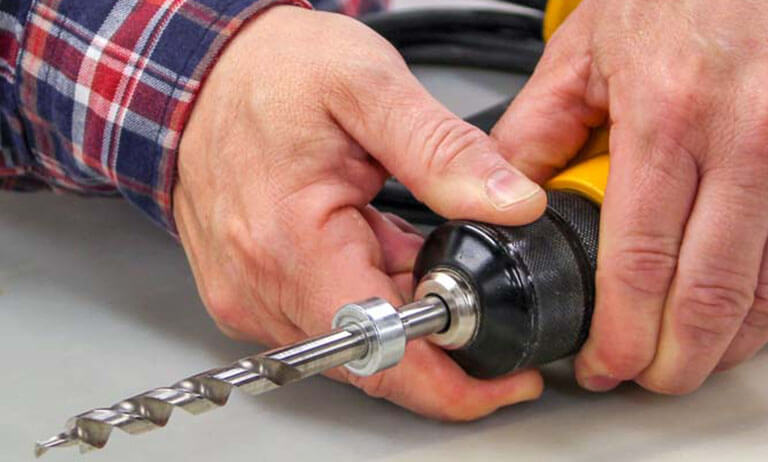
Power Tool Torque Settings
When driving screws into tougher materials, you’ll need to go slower and apply more torque. You can adjust the depth of your drilling without inflicting any harm if you get these parameters perfect. To achieve the greatest results while drilling holes, the tougher the material, the faster the speed.
Recommended content:
Torque of a Cordless Drill
Drills are the most common power tool, but a rookie DIYer may be confused by the numerous modifications available. Before you use your drill, here’s how to set it up.
❗ Two sections with numbers may be seen on most current drills. The first is gear selection, while the second is torque control.
The clutch setting is the most critical aspect to master. You’ll see a list of numbers ranging from one to ten or twenty. These are used to calibrate the clutch so that it can give a specific torque range. The greater the power tool torque and the larger the fastener that can be driven, the higher the number on the collar.
Let’s take a comprehensive look at best power tools article.
Align the arrow to a lower position and begin driving a screw to modify your clutch. The clutch will disengage the motor if there is too much resistance. Increase the clutch setting to find the sweet spot for driving your screw to the correct depth without disengaging the motor or overdriving the screw.
What is a High Torque Drill, and how does it work?
Low-geared rotary drills with strong rotational force are known as high torque drills. This enables the instrument to do everything from mixing paint and plaster to drilling pilot holes in tough wood or thick metal.
Is Torque Really Important?
You might be wondering how crucial a high torque level is to you. The first thing to think about is the type of material you’ll be drilling into.
📌 Torque isn’t going to be an issue if you’re mostly going to be dealing with wood. Even the drills with the lowest torque settings won’t have too much trouble drilling through wood.
Torque, on the other hand, will play a larger role in your decision-making process if you’ll be working with harder materials. It isn’t the only factor to consider, but having a strong cordless drill to rely on will make you feel more confident about embarking on a large project.
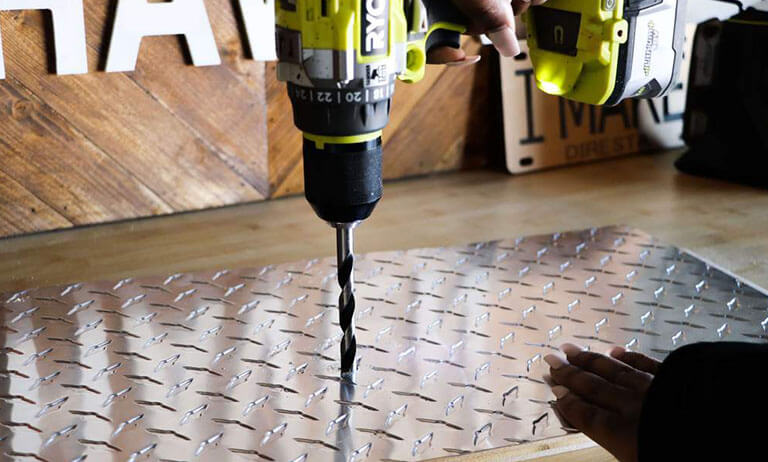
Is It Possible to Have Too Much Torque?
Is it possible that a drill with greater torque than you require may be harmful if you are unable to control it? Or is it just like a sports vehicle that doesn’t get to exercise its full capability on city streets, wasting its whole potential?
An A to Z of what is RPM.
The more powerful the drill, the more difficult it is to control. When it comes to 1,000 inch pounds or more, they are extremely strong instruments that must be used with care.
When using a drill with high torque levels, it’s reasonable to state that if you’re not careful, you might damage yourself. If you aren’t used to working with power tools, a machine with less power will be much easier to operate.
Confusion Over the Distinction Between Hard and Soft Torque in Power Tools
It all comes down to the type of material you’re working with when deciding between hard and soft torque. The quantity of energy accessible to the chuck remains constant, although certain materials give and others do not. When connecting metal to metal, especially stainless steel, you’ll obtain the closest to hard torque levels. There is such a thing as soft metal, and it does not read as high a torque as tougher metal does.
📌 Furthermore, pushing a bolt into wood minimizes the amount of torque required by the drill to keep driving. The tendency of woods, such as pine, to yield as the fastener head approaches the drive’s end results in a “squishier” end for the driver.
In a nutshell, the distinction between hard and soft torque is as follows:
- Hard Torque: When working with hardened fasteners and materials like stainless steel, this is how much the driver will create.
- Soft Torque: When working with softer materials, such as wood, this is the greatest power tool torque you can get.
FAQ ❓
What is power tool torque rating and what does it mean?
Power tool torque is the amount of force produced by the drill as it turns an item, not the speed at which it turns. Torque ratings have continuously increased in recent years, far above what is really required to fulfill applications. The combination of speed and torque, known as Power, is a novel approach to quantify a drill’s performance.
What’s the difference between corded and cordless drills in terms of torque?
On average, cordless drills appear to have a higher maximum torque than corded drills. In truth, most corded drills have a low maximum torque rating (around 40 nm), and I don’t believe I’ve ever seen one with a 135nm (Milwaukee cordless 18v) or 136nm (Hitachi cordless 18v) rating.
Conclusion 🧾
To conclude, the torque or rotating force of a power tool is represented by the numbers on the tool. The torquing power increases as the number increases. On a drill, this is a really handy function. It not only allows you to control the amount of twisting power used to screws, but it also allows you to bore holes in extremely hard materials including wood, concrete, brick, and metal.
Therefore, while selecting a new drill, consider the amount of torque carefully and remember that you won’t need a lot of power or torque to do most DIY chores around the house. When it comes to choosing the finest cordless drill, power, speed, and torque are the characteristics that everyone should look for.

Ronix
13 December 2021
